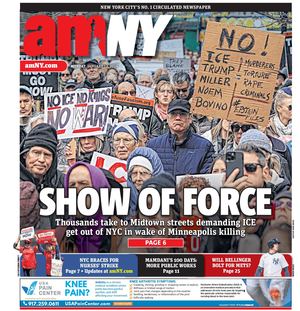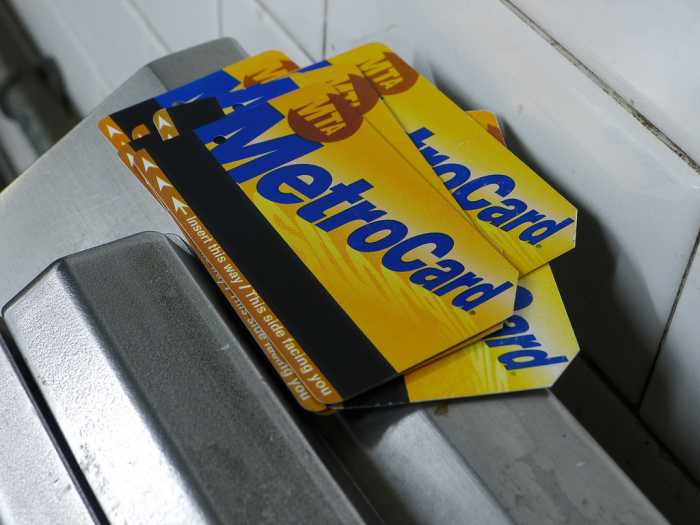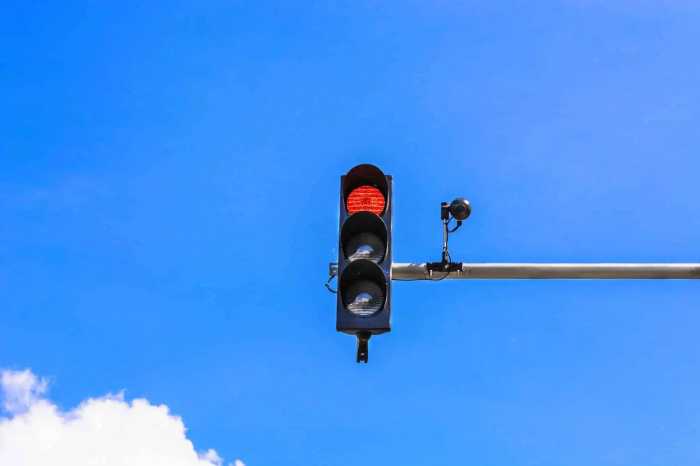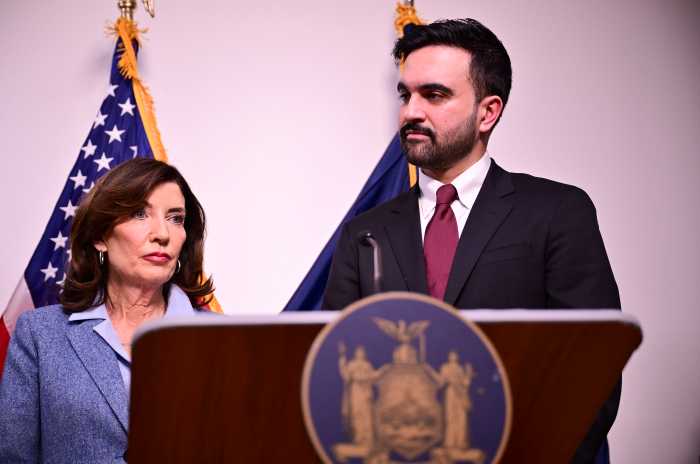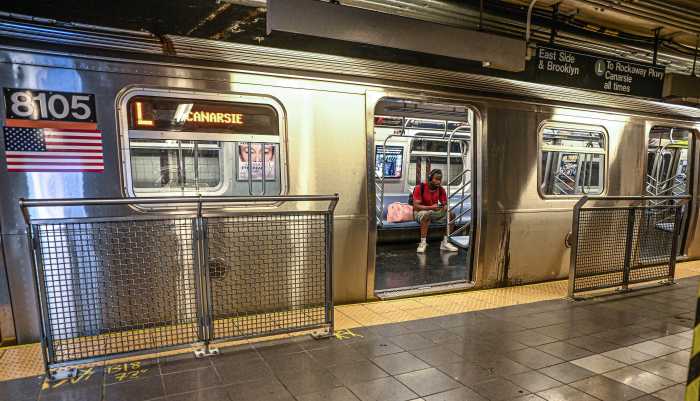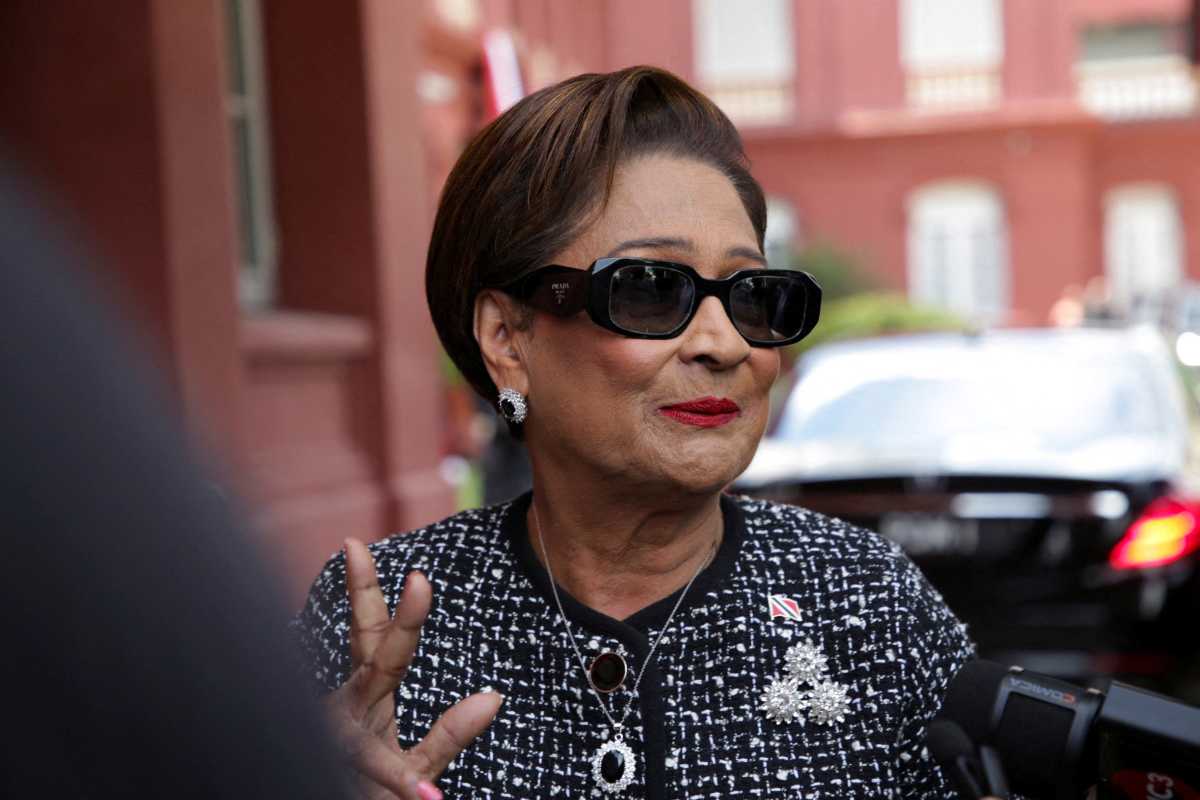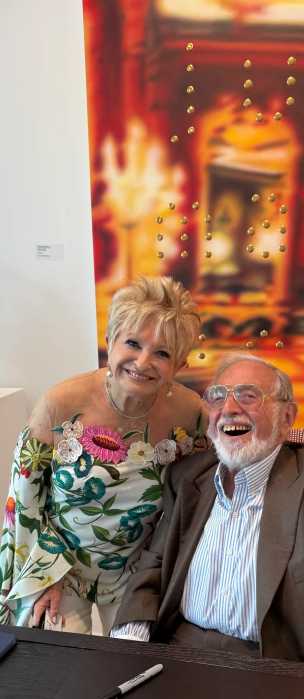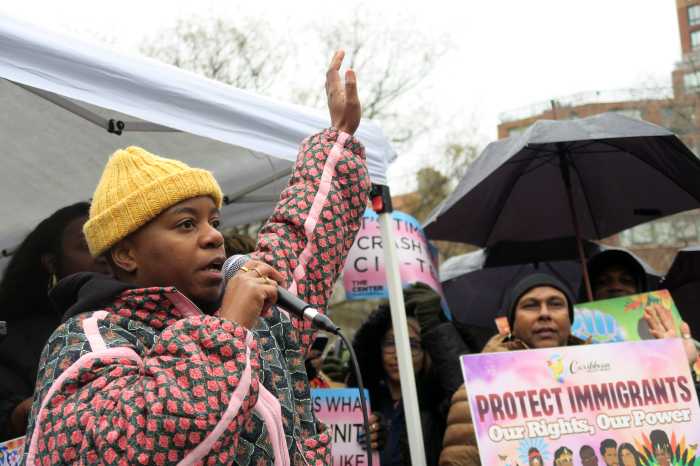Critical issues at every stage of development have led the MTA to build the most expensive transportation projects in the world, with bloated costs and delays that threaten to keep the authority from growing further, according to a new report.
The report, published by the Regional Plan Association on Tuesday after more than two years of research, found that cities across the country and the world are building rail projects for much cheaper rates than the MTA and pointed to systemic, cultural and bureaucratic problems at every stage of government as a reason why. It offers sweeping reform recommendations for every step of the process — including labor, political, contracting, engineering, construction and post-construction processes.
“The extraordinarily high costs associated with building transit projects in New York are due to many factors, at every stage, from decisions made by political leaders at the inception of the projects to the final stages of lengthy planning, design and construction processes,” reads the opening of the report. “Long tolerated as an accepted natural consequence of New York’s size and dominance, these costs threaten to strangle the region’s future economic growth.”
The Regional Plan Association, a nearly century-old planning nonprofit, broke down costs of the MTA’s three latest mega projects — the first phase of the Second Avenue subway, the 7 line’s West Side Extension and the project to expand Grand Central Terminal, known as East Side Access — and compared them to similar projects across the globe.
Some cost savings appear to be lower-hanging fruit; the archways of the Second Avenue line — deemed the most expensive subway expansion in the world at its $4.5 billion price tag — were built with expensive, custom-produced granite between 6 and 8 inches thick. Others seem more embedded in the culture at the agency and the industries involved, including overstaffing, lack of oversight and evaluative reviews of projects. Some cost-saving measures reach to the federal government, such as massive health care costs for workers that other transit agencies in countries with nationalized health care systems can avoid.
During the more recent stages of East Side Access development, the MTA’s procurement process helped lead to the project’s soaring costs and lingering delays, according to the report. For example, the MTA cancelled an important contract bid after it considered the offerings too high, at upwards of $950 million. The agency felt that if it split the contract into three smaller jobs, it could save money. But the three smaller contracts ended up costing more than the single contract bids and the MTA was left with nothing but a two-year delay and at least an additional $373 million in expenses.
Despite the vast layers of reforms called for, Rich Barone, the RPA’s vice president for transportation and an author of the report, remains hopeful that change can come.
“Part of that problem is we need more money, the other part is spending too much of that money inefficiently,” said Barone. “There’s a lot we can do and this is very solvable, not something we feel is insurmountable.”
Jon Weinstein, a spokesman for the MTA, said addressing capital construction costs is a “key goal” of the authority’s new leadership that formed this summer under re-appointed Chairman Joseph Lhota.
“Chairman Lhota created a Board Task Force to specifically and aggressively attack this problem,” Weinstein said in a statement. “Among other things, as part of this initiative MTA leadership is working to streamline the procurement process, stop customization of components, reduce change orders, chop huge costs and delays associated with utility relocations, and more effectively manage projects across the board. We look forward to reviewing the report.”
One small area to address, according to Barone, is the number of workers who use massive boring machines to shape new train tunnels, known as sandhog staffing. In New York, the machines are staffed by 15 to 20 workers, while other cities have between seven and 10 workers on the machines, which have become more automated over time, Barone said. In a city with powerful labor unions, addressing those changes doesn’t mean being anti-worker.
“We want more work for the sandhogs; that’s the whole point,” Barone said. “We want to lower costs to build more.”
